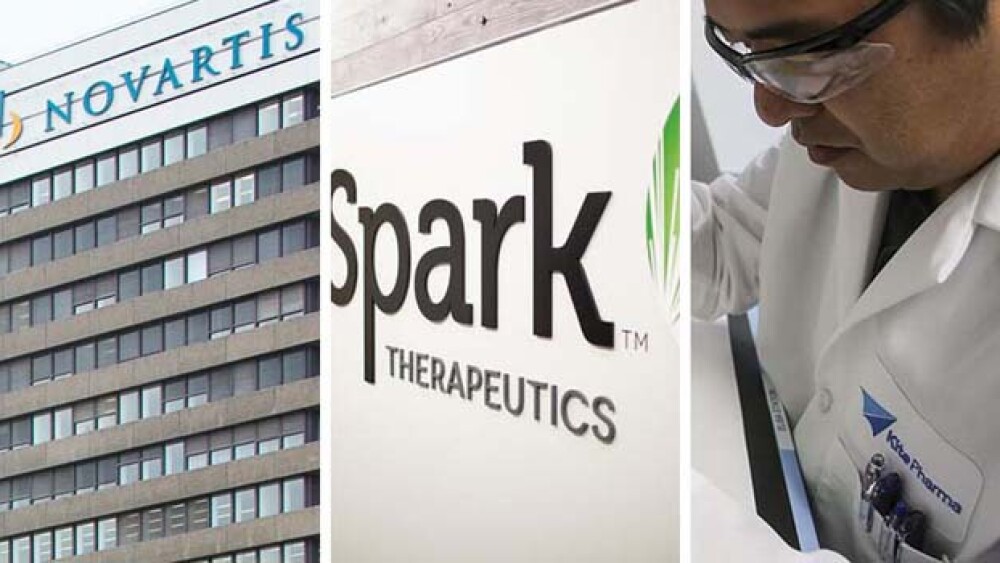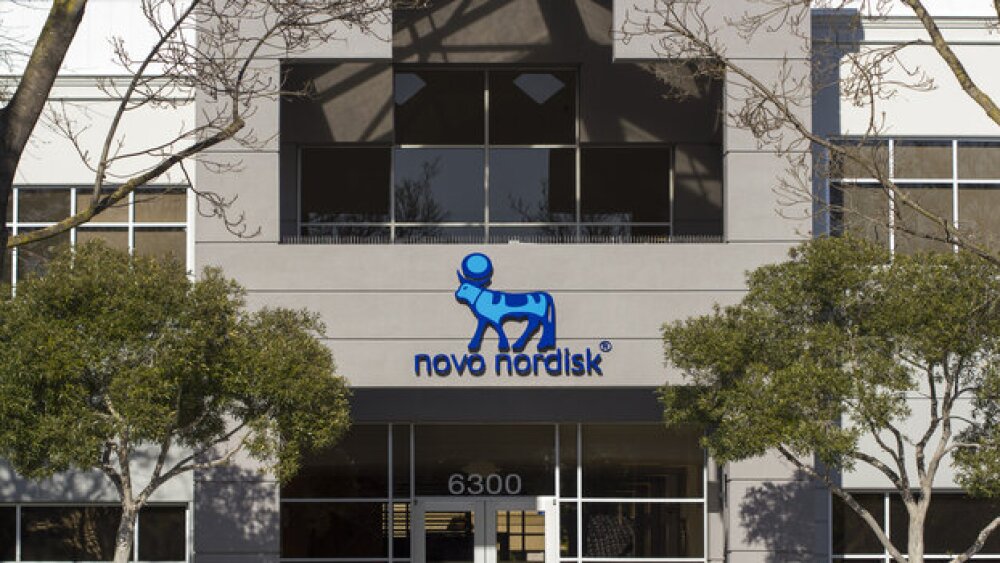A look at how the gene therapy approvals may end up confusing payers, lawmakers, and the general public at a time when the industry desperately needs clarity.
This opinion piece presents the opinions of the author. It does not necessarily reflect the views of BioSpace.
Two landmark events happened this month. On October 12, FDA‘s Cellular, Tissue and Gene Therapies Advisory Committee Advisory Committee unanimously recommended approval of a drug called Luxturna. And on October 18, FDA approved a cancer treatment called Yescarta. Both are commonly billed as being gene therapies, making them among the first of a new kind of disease treatment. But the stark differences between them, and another drug approved at the end of August, may end up confusing payers, lawmakers, and the general public at a time when the industry desperately needs clarity.
Let’s start with Luxturna. This one-time treatment for Leber congenital amaurosis, a hereditary form of blindness, is being developed by Spark Therapeutics. It addresses a specific mutation in a gene called RPE65, and the company reckons there are about 3,500 people in the U.S. and Europe who could be helped by this therapy.
So how much might this therapy cost? The company isn’t saying, but speculation is that the price tag could run to $1 million or more. If you use wildly optimistic math (everyone gets treated, everyone pays full price), that potentially makes this a $3.5 billion drug. Not bad. But there’s more to the story that raises questions about how thing will really work out.
A Surprising Precedent
Here’s where things get tricky. The other gene therapy approved this month, Yescarta, is a CAR-T drug developed by Kite Pharma, a company now in the process of being acquired by Gilead Sciences for $11.9 billion. Yescarta is being priced at $373,000. That pricing decision follows an important—and somewhat surprising—precedent set by Novartis a few weeks ago with the approval of Kymriah, the first-ever CAR-T drug, for acute lymphoblastic leukemia (ALL). That price tag, set at $475,000, actually raised eyebrows because it was lower than expected.
Novartis estimates there are about 600 ALL patients a year eligible for Kymriah. At $475,000, that makes it a $285M drug—pretty modest as these things go. Moreover, this therapy is customized for each patient, and will come with a much lower gross margin than is typical for even a biologic. Some estimates are that the cost to Novartis could run $200,000 per patient, taking a lot of the profit off the top. Moreover, the company owes milestones and royalties to Oxford BioMedica. And, of course, there’s the elephant in the room when it comes to pricing: This is a one-time therapy, not an ongoing treatment. Gilead faces a similar situation with Yescarta, although its market--large B-cell lymphoma, the most common form of non-Hodgkin’s lymphoma—is larger.
The numbers are challenging enough—and the potential benefit large enough—that even the U.K.'s National Institute for Health and Care Excellence suggested that Kymriah could have supported a higher price tag, up to $649,000. The U.S. market would likely have supported significantly more. So what was Novartis thinking? And why is Gilead undercutting them by so much?
Lots of factors probably figured into Novartis’s pricing decision. Perhaps one is that Kymriah was developed with a fair bit of public funding, with much of the work done at the University of Pennsylvania. Another is that the company is hoping to eventually take on Gilead directly if it can win approval in diffuse large B-cell lymphoma (indeed, it is now likely to lower the price of the drug further).
But ultimately, Novartis is simply approaching the field cautiously, and Gilead is following suit. Given that Kymriah already represents a new paradigm, Novartis likely views this as an ideal time to experiment with new pricing models—including “value-based” pricing that will charge for the drug only if patients go into remission.
Kymriah will be manufactured at Dendreon‘s old facility in New Jersey, and that’s a reminder that the company needs to avoid the mistakes Dendreon made with Provenge. In that case, the price tag (now a modest-seeming $93,000) represented too much “cost density,” as the company put it, leaving doctors fearful about cash flow problems and reimbursement. Starting relatively slow and offering some guarantees is Novartis’s way of climbing the learning curve alongside prescribers and insurers. (Remember, this is a company that originally priced Gleevec—another first-of-its kind drug—at $38,000, but slowly raised the price to over $146,000).
A Dampening Effect for Spark
With some 1,500 gene therapies in various stages of development, caution is a good strategy. We’ll all benefit from a measured approach to pricing and paying for potentially curative therapies. But it does pose a challenge for companies like Spark.
Its situation couldn’t be more different from Novartis’s. The Swiss pharmaceutical giant is a $200 billion company with nearly $50 billion in sales over the past 12 months—it can afford to take a long-term approach to a new treatment paradigm. Gilead, with over $30 billion in sales last year, is similarly well-positioned. But Spark is a $3 billion company with no sales and no other near-term products. Moreover, while Kymriah, Yescarta, and Luxturna have some superficial similarities—all are intended to be one-time treatments, all get labeled as gene therapies—the underlying markets are vastly different.
While Spark suggests there are perhaps 3,500 patients who could benefit from Luxturna, some estimates suggest that only about 4-16 new cases of RPE65-mediated LCA occur in the U.S. each year. Even if that turns out to be low, this means that Luxturna is unlikely to be a significant drug (or a major cost driver for payers) after an initial group of patients are treated. Spark needs to make as much money is it can from Luxturna, because this is a one-shot deal in more ways than one.
But all hell may break loose when a third gene therapy gets approved and is slapped with a price tag three times higher than existing drugs. Yet for the same precedent-setting reasons that Novartis and Gilead are choosing to shoot low, Spark may want to bite the bullet and shoot high. It’s important to establish early on that not all gene therapies are equal.
Read More From Karl Thiel:





